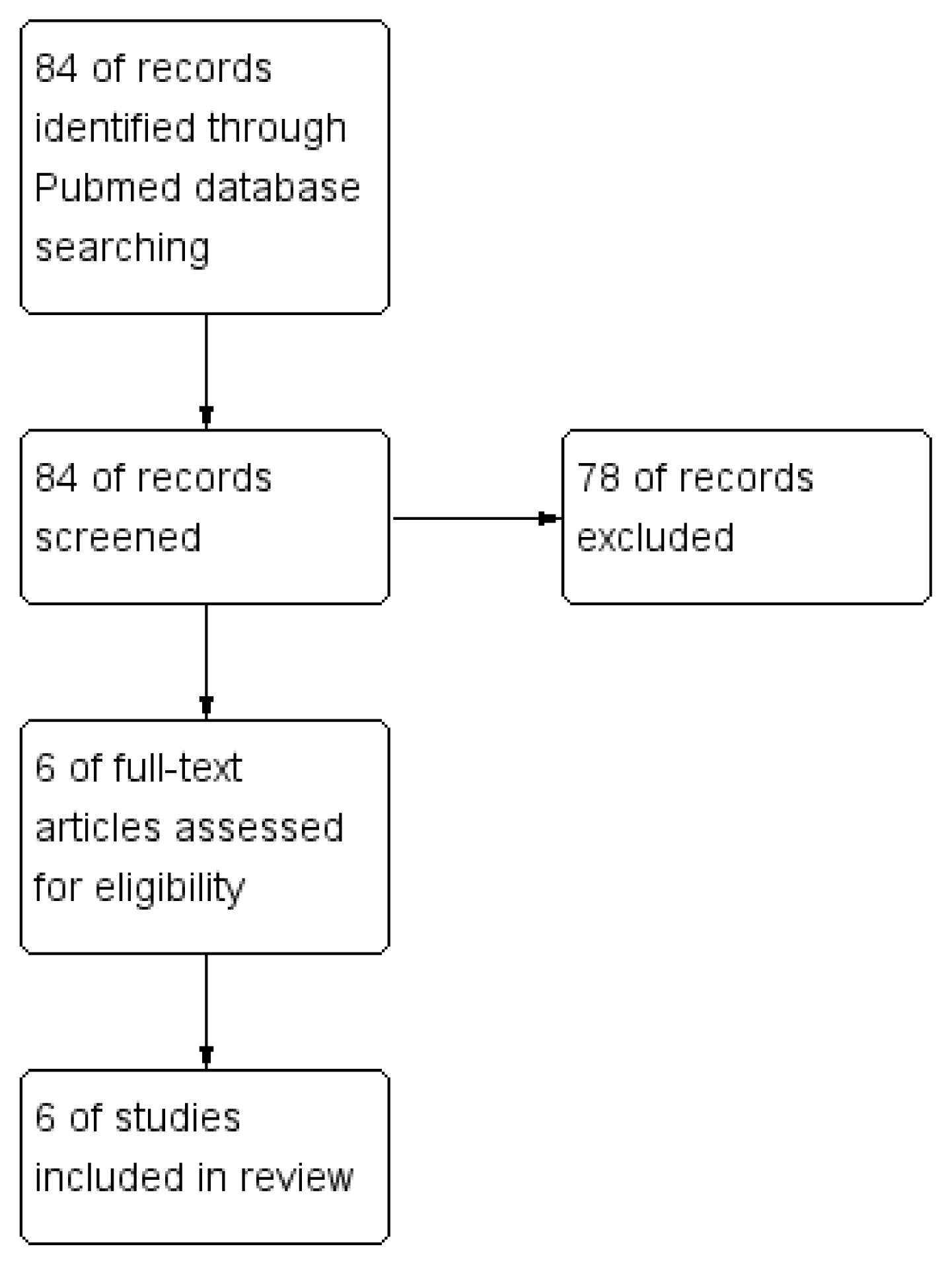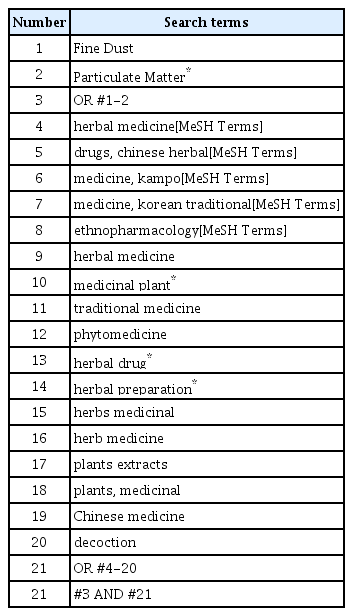References
1. Lee MY, Seo CS, Lee JA, Lee NH, Kim JH, Ha HK, et al. 2011;Anti-asthmatic effects of Angelica dahurica against ovalbumin-induced airway inflamamtion via upregulation of heme oxygenase-1. Food and Chemical Toxicology 49(4):829–837.
2. Funaguchi N, Ohno Y, La BLB, Asai T, Yuhgetsu H, Sawada M, et al. 2007;Narirutin inhibits airway inflamamtion in an allergic mouse model. Clinical and Experimental Pharmacology and Physiology 34:776–770.
3. Fahy JV. 2015;Type2 inflammation in ahstma-present in most, absent in many. Nature reviews immonolgy 15:57–65.
4. Walsh ER, Sahu N, Kearley J, Benjamin E, Kang BH, Humbles A, et al. 2008;Strain-specific requirement for eosinophils in the recruitment of T cells to the lung during the development of allergic asthma. Journal of Experimental Medicine 205(6):1285–1292.
5. Lee H, Myung WJ, Kim SE, Kim DK, Kim H. 2018;Ambient air pollution and completed suicide in 26 South Korean cities: Effect modification by demographic and socioeconomic factors. Science of The Total Environment 639:944–951.
6. Basith S, Manavalan B, Shin TH, Park CB, Lee WS, Kim JT, et al. 2022;The Impact of Fine Particulate Matter 2.5 on the Cardiovascular System: A review of the Invisible Killer. Nanomaterials 12:1–28.
7. Schraufnagel DE. 2020;The health effects of ultrafine particels. Experimental & Molecular Medicine 52:311–317.
8. Lyu YR, Kim JH, Yang WK, Kim SH, Park YC. 2019;Clinical Research Trends in Respiratory Diseases Related to Particular Matter. Journal of Korean Internal Medicine 40(3):443–457.
9. Kwon BI, Kim TW, Shin K, Kim YH, Yuk CM, Shin DM, et al. 2017;Enhanced Th2 cell differentiation and function in the absence of Nox2. Allergy 72(2):252–265.
10. Seo YS, Kim HS, Lee AY, Chun JM, Kim SB, Moon BC, et al. 2019;
Codonopsis lanceolata attenuates allergic lung inflamamtion by inhibiting Th2 cell activation and augmenting mitochonrial ROS dismutase(SOD2) expression. Scientific reports 9:2312.
https://doi.org/10.1038/s41598-019-38782-6
.
12. Jung SY, Park JK, Pakr JW, Jo H, Seo CS, Jeon WY, et al. 2020;Sojadodamgangki-tang attenuates allergic lung inflamamtion by inhibiting T helper 2 cells and Augmenting alveolar macrophages. Journal of Ethnopharmacology :263.
https://doi.org/10.1016/j.jep.2020.113152
.
13. Shefrin AE, Goldman R.D. 2009;Use of dexamethasone and prednisone in acute asthma exacerbations in pediatric patients. Canadian family physician 55:704–706.
14. Ray A, Khare A, Krishnamoorthy N, Qi Z, Ray P, Wang CZ. 2010;Regulatory T cells in many flavors control asthma. Mucosal Immunology 3(3):216–229.
15. Theofani E, Semitekilou M, Morianos I, Samitas K, Xanthou G. 2019;Targeting NLRP3 Inflammasome Activation in Severe Asthma. Journal of Clinical Medicine 28:1615. 10.3390/jcm8101615.
16. Xie Y, Abel PW, Casale TB, Tu Y. 2022;TH17 cells and corticosteroid insensitivity in severe asthma. The Journal of Allergy and Clinical Immunology 149(2):467–479.


